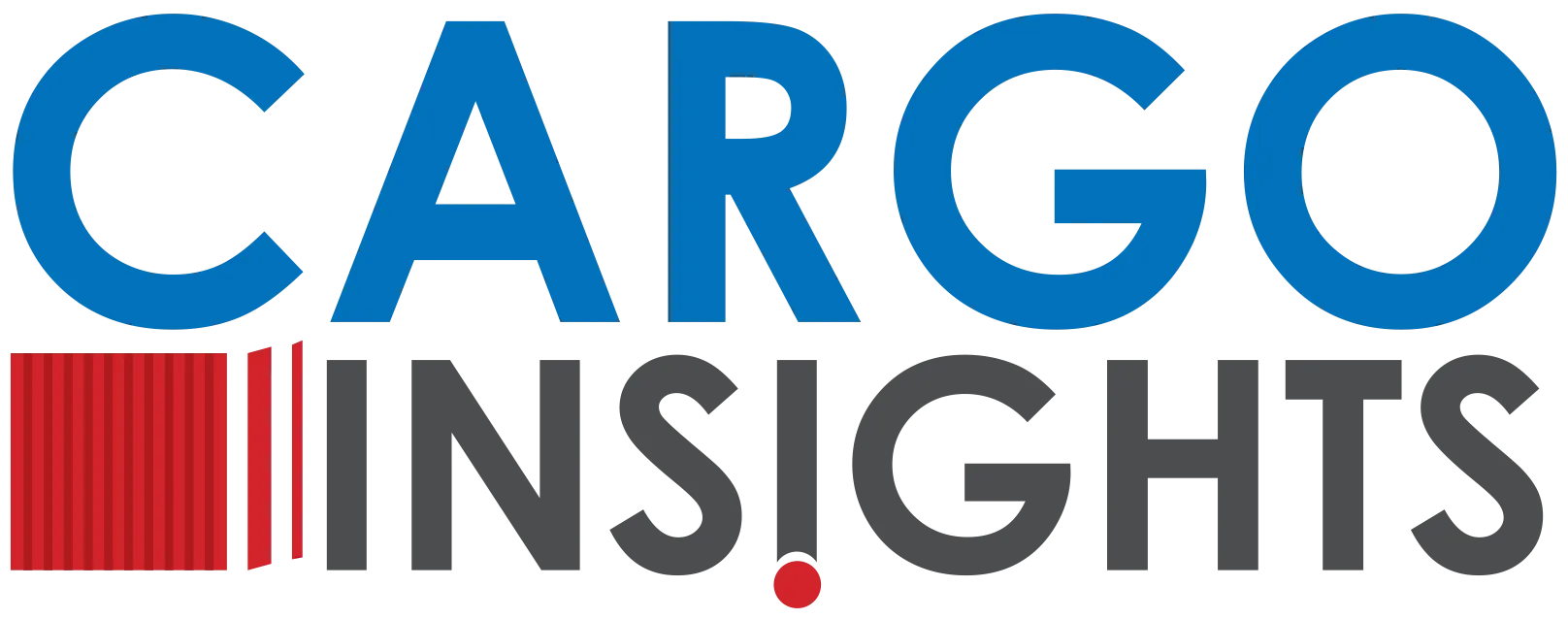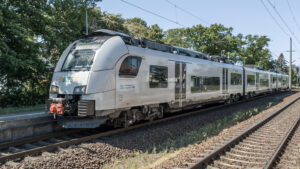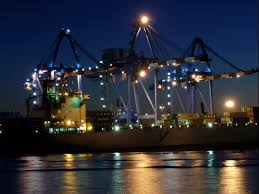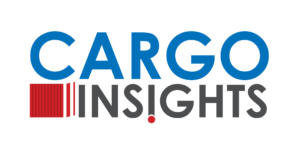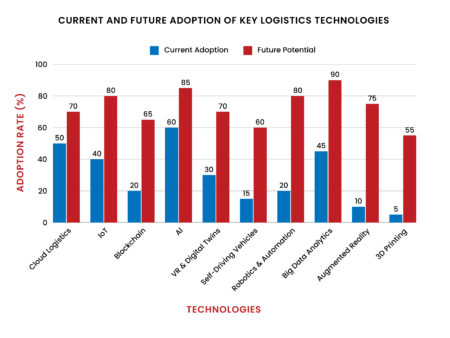Prepared by PwC for FICCI, this report reviews India’s container train sector 20 years after deregulation, offering actionable reforms across service improvements, rolling stock, terminal development, and pricing to enhance logistics competitiveness.
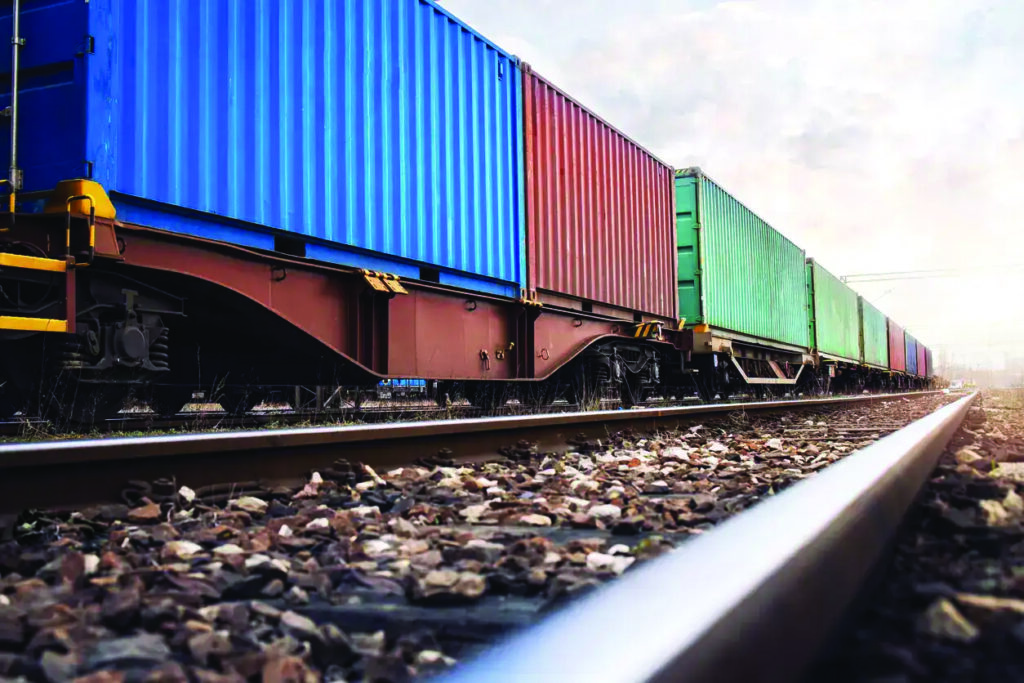
Strategic reforms in container train operations can transform India’s logistics landscape
The Indian container train operator (CTO) market was deregulated in 2006 when Indian Railways (IR) allowed private players into the inland container haulage sector. Since then, 21 private companies have obtained licences to operate as CTOs. Following mergers and acquisitions, there are now 16 licensed operators, with 12–15 actively providing services. Some of the major players include Adani Logistics, DP World, Gateway Distriparks, Hind Terminals, JM Baxi, Joshi-Konoike Transport, JSW-Navkar, Pristine Logistics, Thar Dry Ports, CWC, and CONCOR.
Infrastructure and investments
The CTO sector, including CONCOR and private operators, has invested about ₹10,000 crore in acquiring approximately 700 rakes to provide export–import (EXIM) and domestic rail-based container logistics services. Additionally, significant investments have been made in terminal infrastructure, with CONCOR managing 66 terminals and private players operating 30–40 terminals. In FY24, the sector’s total revenue was ₹14,000–15,000 crore. IR has also contributed to sector growth through investments in locomotives, track infrastructure, and the development of Dedicated Freight Corridors (DFCs).
Sector performance & Outlook
Despite these investments, the share of containerised freight moved by rail has only marginally increased from 4% to 5% between 2014 and 2024. As the first batch of CTO licences approaches renewal after 20 years, it is an ideal time to review the sector’s performance and define a roadmap to enhance logistics efficiency in India.
Service and rolling stock
To improve service speed and reliability, it is essential to increase rail capacity and separate freight and passenger services on high-utilisation routes. DFCs should be developed on routes with high freight traffic, and feeder lines should be made compatible with double-stack operations. In the short term, removing double-stack restrictions, introducing transit-committed services, and reviewing charges for rake or locomotive detention due to IR-related delays will boost performance. Improving rake availability can be achieved through private-led maintenance, strengthening DFC staffing, and liberalising rake basing permissions.
Terminal network
To address rising demand, container terminals need to be established in tier-2 and tier-3 cities. Operators should be allowed to make low-cost upgrades with freight rebates to recover costs. A uniform policy across states and central agencies would accelerate terminal development. Enabling mini-rake movement and revising customs policies on Inland Container Depots (ICDs) will further enhance terminal operations.
Pricing reforms
The operational cost structure must be aligned with total train load to offer pricing flexibility. Stabilising haulage charges, with advance notice of tariff changes and indexing them to parameters like fuel cost and Wholesale Price Index (WPI), will improve transparency. Simplifying pricing, incentivising lighter cargo, and addressing high inland haulage costs under the liner haulage model will foster competition and enhance customer confidence.
